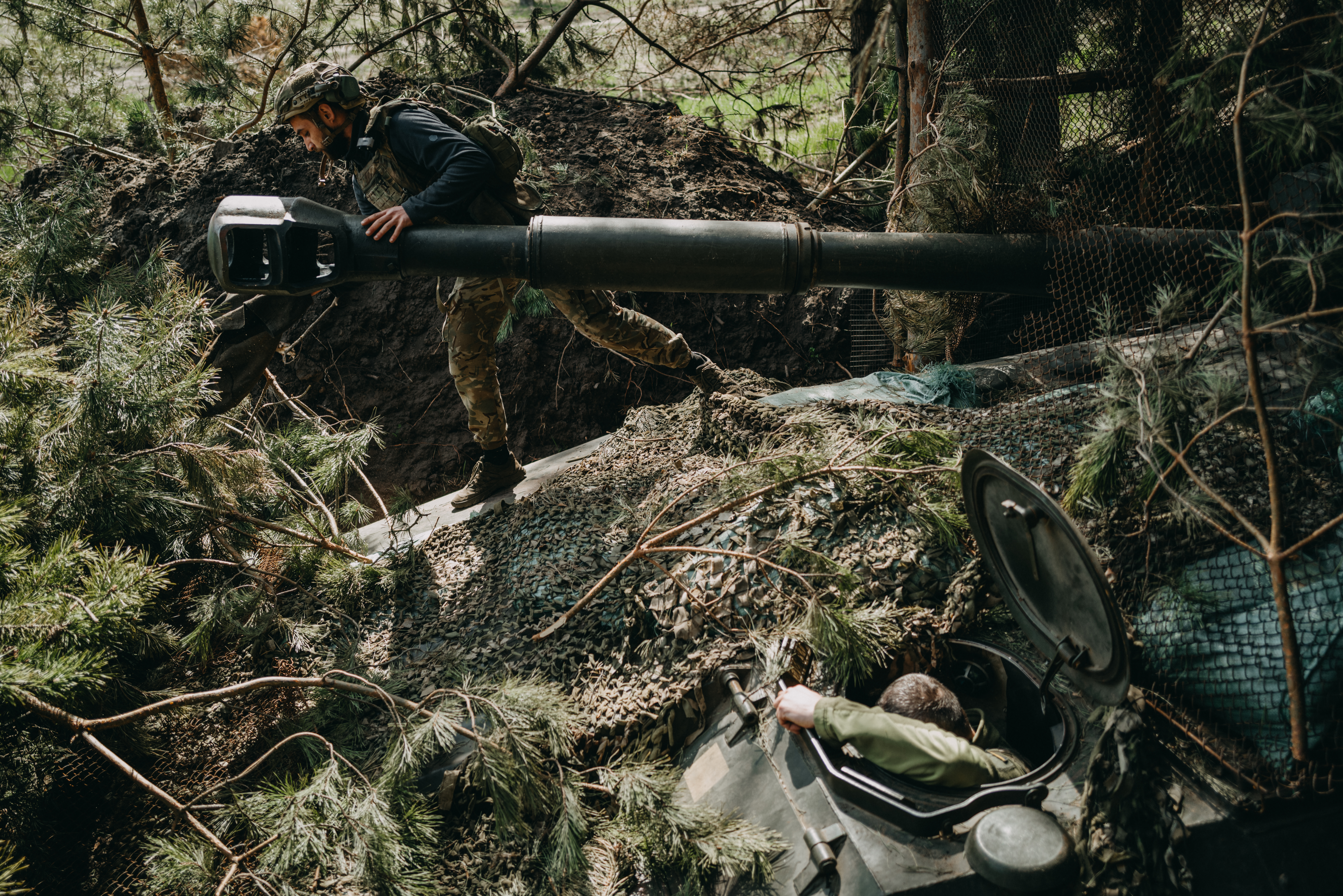ANNAPOLIS, Maryland, October 29, 2008 (ENS) - Watermen in two states, the Chesapeake Bay Foundation, and five other parties today notified the U.S. Environmental Protection Agency that they intend to go to federal court to force the agency to require pollution reduction in the waters of Chesapeake Bay, the national largest estuary.
Today's notice of intent to sue is required for any citizen lawsuit against the EPA to enforce the Clean Water Act.
"We are doing this because we're backed into a corner. We've all been preaching to clean the bay up, with no results," said Captain Larry Simns president of the Maryland Watermen's Association. "We're at a crucial point here. Unless we do something now we're going to lose the bay completely."
Scientists have determined that this year the bay suffered the fourth worst dead zone since 1985. Dead zones happen when nutrients from sewage treatment plants, agricultural runoff and other sources enter the bay and stimulate blooms of algae. When these algae die they sink to the bottom and decompose, removing oxygen from the water.
Dead zones have left too little oxygen in the bay over 10 months of the year, and in July, 40 percent of the bay's mainstem was affected. Lack of oxygen kills fish and blue crabs or drives them from their preferred habitat.
The Chesapeake Bay's crab population is near historic lows. As a result, Maryland and Virginia have had to severely limit the commercial crab harvest, putting hundreds of watermen out of work.
"The continuing degradation of the Chesapeake Bay and its tributaries has reached the point that it is imperative that dramatic measures be taken to improve water quality," said Virginia Watermen's Association President Ken Smith.
U.S. & World
"Over the last 35 years, the number of working watermen in Virginia has dropped from 8,000 to less than 3,000," Smith said. "Pollution is robbing us of our livelihood, our way of life, and the ability of our children to carry on a proud tradition."
"Over the last 25 years Chesapeake Bay restoration efforts have been littered with promises broken and commitments unfulfilled," said William Baker, president of the 40 year old nonprofit Chesapeake Bay Foundation, which works to restore and protect the bay and its tributary rivers.
"It is time that EPA either step up to the plate, or be held legally accountable for its failure to comply with the law and fulfill the commitment to reduce pollution sufficiently to have the Bay removed from the federal dirty waters list by 2010," Baker said.
The EPA has admitted that with current programs and policies in place, that goal will not be achieved. Officials are now discussing pushing the Bay clean-up goal back another 12 years.
"There have now been three agreements and three failures, and while government may be well intentioned, more delay is unacceptable," said retired Maryland Senator Bernie Fowler, one of the parties on the notice of intent to sue. "It hurts my heart that we may be standing by at the deathwatch of this national treasure."
"When I signed the Chesapeake 2000 Agreement, I believed that the goal of removing the Bay and its tidal tributaries from the Clean Water Act impaired waters list by 2010 was a binding commitment of all the signatories including the United States," said former Washington, DC Mayor Anthony Williams another party to the notice.
Chesapeake Bay Foundation and its allies are calling on EPA Administrator Stephen Johnson to establish a deadline of 2010 to have programs and funding in place to achieve the pollution reduction goal, to achieve 80 percent of the goal by 2012, and to complete the task by 2015.
In addition there must be serious consequences for missing those deadlines, the parties are demanding..
"If the signatories to the numerous Chesapeake Bay agreements, especially the 2000 agreement, are not held accountable for the commitments made in those agreements, the Bay will never be saved. Contracts are made to be performed, not ignored," said former Virginia legislator and Natural Resources Secretary Tayloe Murphy, another party to the notice of intent to sue filed today.
The legal action targets the EPA because it is the lead agency in enforcement of the Clean Water Act.
The action is being taken now to offer the EPA one last opportunity to take responsibility for the water quality commitments made in the Chesapeake 2000 Agreement. If the federal agency fails to respond, the issue will be front and center for the next administration.
"Economic health and the health of the environment go hand in hand," said former Maryland Governor Harry Hughes, a party to the notice. "What is needed now is a sense of urgency, not more delay."
The other party to the notice of intent to sue is the Maryland Saltwater Sportfishermen's Association.
The Chesapeake Bay Foundation points out that when the broader impact on restaurants, crab processors, wholesalers, grocers, and watermen is totaled up, the decline of crabs in the bay meant a cumulative loss to Maryland and Virginia of more than 4,400 jobs between 1998 and 2006, the most recent year for which this economic data is available.
The population of spawning age blue crabs in the bay fell to 120 million in 2007-08, compared with 143 million in 2006-07, according to the 2008 Chesapeake Bay Blue Crab Advisory Report compiled by fisheries scientists from universities, the states of Maryland and Virginia, and NOAA's National Marine Fisheries Service. Both figures are below the interim target population of 200 million spawning age crabs.
The best thing that can be done to address the low dissolved oxygen problems in the bay is to reduce nitrogen pollution from farmland and urban runoff, airborne sources such as vehicles and power plants, and sewage treatment plants, says the Chesapeake Bay Foundation.
Additionally, the bay's natural defense systems such as forestlands, wetlands, oysters and underwater grasses need to be restored, the foundation says. These key ecosystem components contribute to the bay's resilience by filtering nutrients and sediments from bay water and rainfall.
{Photo: Pollution in Chesapeake Bay waters at Fort Howard, Maryland (Photo by George Brown, III)
Copyright Environment News Service (ENS) 2008. All rights reserved.




